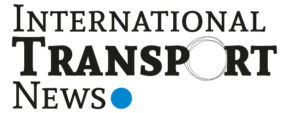By, Paolo Colombo, Global Industry Director for Aerospace & Defense, ANSYS
In mid-October I spent a few days in the Netherlands, at the MRO Europe conference. This is the biggest European conference on aviation maintenance in Europe, attracting executives, decision makers and technical fellows from all over the world. More than 9,000 people registered as attendees, representing 105 countries, including more than 800 airline attendees. I listened carefully to many presentations on the future of aviation and on the possible evolutions about how we support the entire life cycle of these incredibly complex flying machines. And I have some big concerns.
We estimate that there are around 29,000 commercial aircraft flying today and that the combination of increased demands, coming mostly from emerging markets, and the need to replace ageing machines with new ones will drive a fleet growth at a rate that is estimated to be higher than three percent per year. The MRO market is expected to expand even faster, exceeding US$118 billion in 2027 versus the actual US$75.5 billion value. From the outside, looks like a very strong and safe business area, but this could be also the trap for many players.




